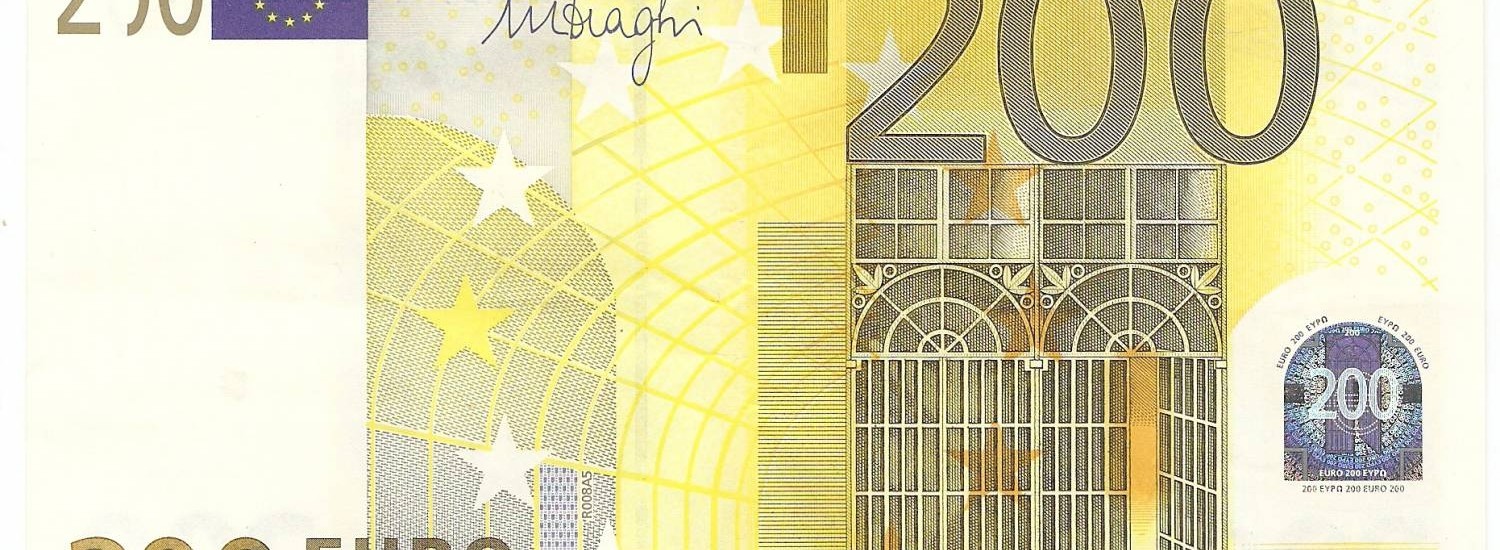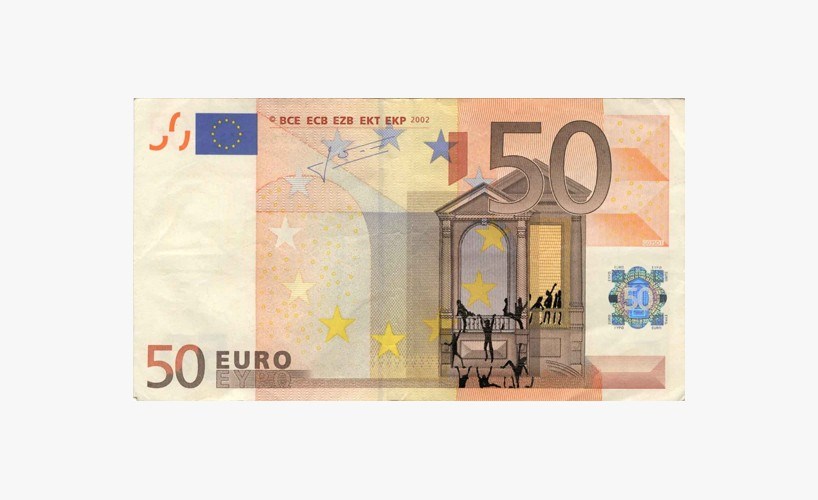
 Jan31 2016, Amsterdam
Jan31 2016, Amsterdam Open Classroom #1 EU Symbolism – A Review
In his lecture for our first open classroom Russell Foster, lecturer at UvA’s Department of European Studies, gave us a lot of food for thought. As we sat together in the container it felt like a cosy affair, though our lesson had a big theme: how to interpret the current state of affairs in the symbolic realm of Europe.
He began by pointing out that his field of interest, EU symbolism, is remarkably under-researched (always a good choice when you’re pursuing a career in academia!). While many people have written about the EU’s institutional changes since its foundation, only a few are working on the EU’s symbols.
But as Russell underlined, it is through its symbols that the EU can truly manufacture the emotional engagement it badly needs from its citizens. As the Luke Jerram interview touched upon, symbols such as flags generally imply exclusion. But they can also embrace difference and create a way of understanding commonalities without overburdening people with detailed information.
"…unlike the symbols of nation states, EU symbols cannot begin to inspire the level of attachment that people have to their nation."
Yet the problems with the symbols of the EU are manifold. To begin with, the symbols featured on EU currency employ the tools of nationalist imagery, referring back to a mythical history of Europe. Even more so than the invented traditions and narratives of most nation states, this history never existed. What’s more, unlike the symbols of nation states, EU symbols cannot begin to inspire the level of attachment that people have to their nation. Especially since the notion of a single European identity, and an institutional framework to match, is very new (according to Russell, a couple of decades old, dating back to the 1950s at a stretch). In contrast, the construction of national identities in European countries developed over many centuries in a process suffused with conflict.

On top of this, the whole process is greatly hampered by the derisory efforts that the EU has made to produce a common symbolism. In his work with the EU, Russell has focused specifically on currency, underlining that this is probably the area most likely to have any substantial effect on the citizens of the union (Flag? Anthem? Europe Day? Forget about it!). As such, he chose to concentrate on currency for most of his lecture.
He highlighted the poverty of the current images on the currency. In a bid for consensus, the notes essentially have nothing on them. What you see is a European architecture that doesn’t exist and never did exist. The €5 note shows a non-descript classical architecture, the €10 shows equally non-descript Romanesque, then it goes Gothic, Renaissance, Baroque, Industrial, all the way to a €500 note showing modern 20th architecture, also non-descript. It may have never existed, and it may attempt to convey a depoliticised imagery that does not correspond to any particular country, but this imagery codifies a materialist narrative that implies all this led directly to the EU – which is faintly ridiculous given how young the project is.
As Russell argued, this imagery looks to the past, and an imagined past at that, when instead the symbols of Europe probably ought to look to the future, particularly because a forward-thinking symbolism is most amenable to a bottom-up contribution from the people of Europe who have been sadly absent from the proceedings thus far (the notable exception being the EU motto “United in Diversity” which was chosen by French schoolchildren). Here Russell drew on the pioneering work of the French Annales School of historical analysis, whose central argument was that collective identity is never produced in the realm of the elite circles but from the grassroots.
"What if we have blank banknotes that could be customised?"

This fed into a very stimulating open discussion after the talk, where we posited various thoughts on the future of the EU currency. I will conclude with a list of some of them…
What if we have blank banknotes that could be customised? Or perhaps we could design a contraption to impress the Euro coins with a new image? And how about the real bastards of society on the Euro banknotes, so that then no one would disagree? And finally, what if we had animals or everyday objects on the banknotes rather than national heroes or institutional architecture?
What with all these unexplored propositions, you’ll no doubt hear more from us soon on the topic of EU symbolism.
Stichting EU2016 Plan C p/a Pakhuis de Zwijger Piet Heinkade 179
1019 HC amsterdam tel 020 - 624 63 80 hello@neweuropeans.org






comments